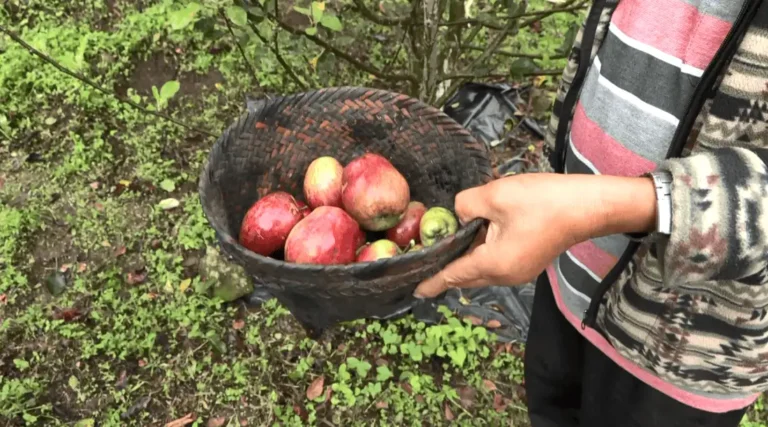The Festival of Thang Ta – Reviving Manipuri Martial Arts Through Thaobi Seikok Sading
Introduction
In a world that’s quickly modernizing, cultural traditions can sometimes fall by the wayside. For Manipur, a state rich in heritage, Thang Ta serves as more than just a martial art—it embodies history, culture, and discipline. The recent Festival of Thang Ta, organized by the Eastern Kala Academy, shone a spotlight on this indigenous art form, especially highlighting the Thaobi Seikok Sading technique. Let’s dive into how this festival brought traditional martial arts back into the limelight and why it matters for the youth of Manipur today.
Understanding Thang Ta: Manipur’s Indigenous Martial Art
What is Thang Ta?
Thang Ta, often translated as “The Art of the Sword and Spear,” is a centuries-old martial art from Manipur. Originating as a combat form for Manipuri warriors, Thang Ta has evolved to encompass not just physical skills but also the philosophy of discipline, respect, and self-awareness. Practitioners train in both armed and unarmed techniques, mastering the sword (thang), spear (ta), and bare-handed combat.
The Role of Thaobi Seikok Sading
Thaobi Seikok Sading is a particularly intricate technique within Thang Ta, requiring years of disciplined practice. It focuses on precision, agility, and skillful movements that showcase the elegance and power of Thang Ta. By emphasizing this method, the festival aimed to introduce young participants to the deep-rooted techniques of Thang Ta, inspiring them to pursue mastery of this ancient form.
The Festival: A Month-Long Celebration of Heritage
Held at Citizen Club in Imphal East, the month-long Festival of Thang Ta wasn’t just a performance but a movement to promote and preserve Manipur’s cultural heritage. Through training sessions, performances, and demonstrations, the festival brought people of all ages closer to their heritage.
Highlights of the Festival
- Student Performances: Young learners demonstrated Thang Ta skills to an enthusiastic audience, showcasing their dedication and discipline.
- Thaobi Seikok Sading Emphasis: The festival focused on this technique to offer a glimpse into the deeper levels of Thang Ta, which are often overlooked.
- Valedictory Function with Dignitaries: MLA Th Arunkumar and other dignitaries attended, commending the festival for its commitment to cultural preservation and youth engagement.
Cultural Significance of Thang Ta
For Manipur, Thang Ta is more than a martial art; it’s a symbol of resilience and identity. Practiced for centuries, this art form teaches values of respect, self-defense, and spiritual connection. At its core, Thang Ta represents the pride of Manipur and serves as a means to pass down cultural knowledge to future generations.
Thang Ta as a Tool for Youth Empowerment
In a fast-paced digital age, young people often feel disconnected from traditional practices. Through the festival, the Eastern Kala Academy hopes to bridge this gap, using Thang Ta to instill confidence, discipline, and pride in the youth.
- Building Discipline: Thang Ta demands rigorous physical and mental discipline, which can empower young participants with valuable life skills.
- Fostering Cultural Pride: By learning Thang Ta, young Manipuris can develop a stronger connection to their heritage, nurturing a sense of identity and belonging.
- Encouraging Physical Fitness: In addition to cultural and mental benefits, Thang Ta promotes physical health, providing an active alternative to sedentary lifestyles.
Why Thaobi Seikok Sading Matters
The technique of Thaobi Seikok Sading embodies the elegance and complexity of Thang Ta. This form demands a high level of skill, balance, and concentration, requiring practitioners to move fluidly yet powerfully. By focusing on Thaobi Seikok Sading, the festival highlighted the art form’s more intricate aspects, encouraging advanced students to dive deeper into their practice.
The Role of the Eastern Kala Academy in Preserving Heritage
The Eastern Kala Academy, as the organizer of the festival, is committed to preserving and promoting Thang Ta. This organization actively works to make Thang Ta accessible to the younger generation, ensuring the tradition lives on.
- Community Engagement: By organizing events like the Festival of Thang Ta, the Academy brings the community together, fostering a shared appreciation for cultural heritage.
- Training Programs: The Academy offers classes and workshops for Thang Ta, making it easier for newcomers to join and learn.
- Future Plans: Looking ahead, the Academy aims to expand its outreach, hoping to inspire even more young people to take up Thang Ta.
A Bright Future for Thang Ta and Manipuri Culture
The recent Festival of Thang Ta marked a pivotal moment for the preservation of Manipuri culture. With the youth increasingly participating, there’s hope that Thang Ta and other traditional arts will continue to thrive in the years to come. This festival is just one step in the journey to ensure that the rich legacy of Manipur’s martial arts remains alive.
FAQs
- What is Thang Ta, and why is it important?
Thang Ta is an ancient Manipuri martial art that emphasizes physical discipline, cultural pride, and self-defense. - Who organized the Festival of Thang Ta?
The Eastern Kala Academy organized the festival to promote and preserve Manipuri martial arts. - What is Thaobi Seikok Sading?
Thaobi Seikok Sading is an intricate Thang Ta technique, focusing on skillful, agile movements that represent the art form’s elegance. - How does Thang Ta benefit youth?
Thang Ta instills discipline, cultural pride, and physical fitness, making it a valuable practice for young people. - Is Thang Ta still practiced today?
Yes, Thang Ta is actively practiced in Manipur, with organizations like the Eastern Kala Academy promoting it to the youth.



